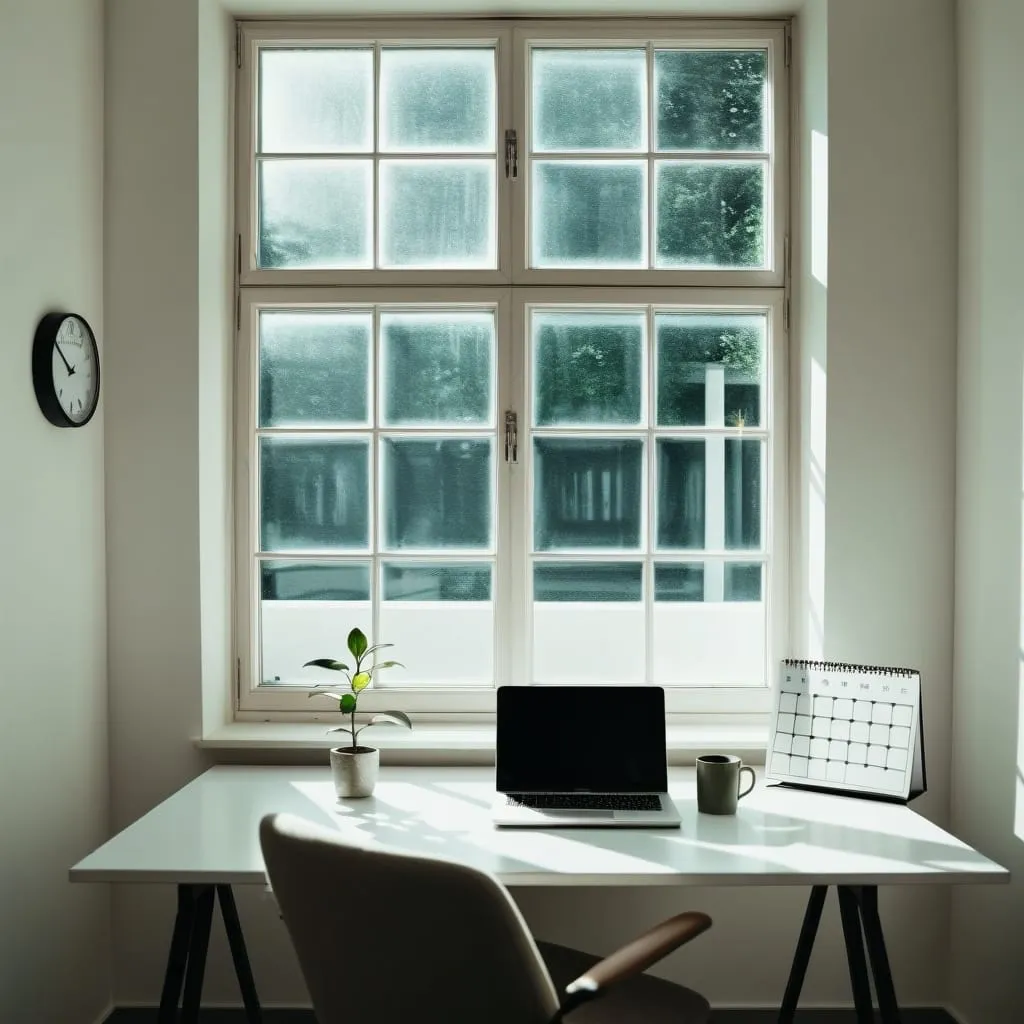Taking Breaks: The Secret to Tripling Your Work Output
We've all been there - hunched over our desks, eyes glued to the screen, desperately trying to squeeze out every last drop of productivity. But what if I told you that the key to boosting your work output isn't grinding harder, but actually taking more breaks? Yep, you heard that right. Let's dive into why taking breaks is so crucial and how it can transform your work life.
First off, let's talk about what happens when you work non-stop. Your brain isn't a machine - it gets tired, just like the rest of your body. When you push yourself to work continuously, your focus starts to slip, and you end up making more mistakes. It's like trying to run a marathon at full sprint - you'll burn out way before the finish line.
So, what's the deal with breaks? Well, they're like hitting the reset button for your brain. When you step away from your work, even for a few minutes, your mind gets a chance to recharge. It's like giving your brain a quick power nap. When you come back, you're fresher, more focused, and ready to tackle your tasks with renewed energy.
Now, you might be thinking, "But I have so much to do! I can't afford to take breaks!" Trust me, I get it. But here's the thing - by taking regular breaks, you're actually making yourself more productive in the long run. It's counterintuitive, I know, but it works.
Let's break it down a bit. When you work for long stretches without a break, your brain starts to fatigue. You might not notice it at first, but your work quality starts to slip. You make more mistakes, your creativity takes a nosedive, and tasks that should be simple suddenly feel like climbing Mount Everest.
On the flip side, when you take regular breaks, you're giving your brain a chance to recharge. It's like refueling your car - you can't expect to drive for hours on end without stopping for gas, right? Same principle applies to your brain.
So, how often should you be taking these magical breaks? Well, there's no one-size-fits-all answer, but a good rule of thumb is to take a short break every 20-30 minutes. These don't have to be long breaks - even just standing up and stretching for a minute or two can make a big difference.
For longer work sessions, you might want to try the Pomodoro Technique. It's a fancy name for a simple concept - work for 25 minutes, then take a 5-minute break. After four of these cycles, take a longer break of 15-30 minutes. It's a great way to stay focused and avoid burnout.
Now, let's talk about what you should actually do during these breaks. The key is to do something that helps you relax and recharge. Taking a short walk, doing some stretches, or even just closing your eyes and taking a few deep breaths can work wonders.
What you shouldn't do is switch from one screen to another. Scrolling through social media or checking your emails doesn't count as a break - your brain needs a real rest from screen time. Trust me, those cat videos can wait.
One thing that's really helped me stick to my break schedule is using apps designed for this purpose. There are tons out there, like Strict Workflow or Time Out, that can remind you when it's time to take a break and even lock you out of your computer if you're being stubborn. It's like having a personal productivity coach right on your desktop.
But hey, if you're not into fancy apps, a simple timer works just as well. Just type "set timer for 25 minutes" into your browser, and you're good to go. Easy peasy.
Now, I know what you're thinking - "This all sounds great, but how do I actually make taking breaks a habit?" Well, like any habit, it takes a bit of practice and consistency. Start by scheduling your breaks into your day, just like you would any other important task. Treat them as non-negotiable appointments with yourself.
If you're struggling to stick to your break schedule, try buddy up with a colleague. Make a pact to remind each other to take breaks. It's harder to ignore when someone else is holding you accountable.
Let me share a little personal anecdote. I used to be one of those people who prided themselves on working non-stop. I'd skip lunch, work late into the night, and wear my exhaustion like a badge of honor. But you know what? My work was suffering, and so was my health.
It wasn't until I started incorporating regular breaks into my day that I saw a real change. At first, it felt weird - like I was slacking off. But after a while, I noticed that I was getting more done in less time. My ideas were fresher, my focus was sharper, and I actually enjoyed my work more.
I remember one project in particular - I was working on a complex financial analysis that had been giving me headaches for days. I decided to try the Pomodoro Technique, taking regular breaks every 25 minutes. To my surprise, during one of these breaks, while I was just standing by the window and staring at the sky, the solution to a problem I'd been stuck on suddenly popped into my head. It was like magic.
That's the thing about breaks - they don't just help you avoid burnout, they can actually boost your creativity and problem-solving skills. When you step away from a problem, your subconscious mind keeps working on it. It's like your brain is a slow cooker - you throw in the ingredients, step away, and come back to find a delicious solution waiting for you.
Now, I'm not saying that taking breaks is a magic bullet that will solve all your work problems. But it is a powerful tool that can significantly improve your productivity and overall well-being. It's about working smarter, not harder.
Think about it this way - your brain is like a muscle. When you work out, you don't just do one exercise non-stop for hours. You do sets, with rest periods in between. This allows your muscles to recover and grow stronger. The same principle applies to your brain. By taking regular breaks, you're allowing your mind to recover and come back stronger.
Of course, everyone's different, and what works for one person might not work for another. The key is to experiment and find what works best for you. Maybe you prefer longer work sessions with longer breaks. Or maybe you thrive on shorter, more frequent breaks. Play around with different schedules and see what feels right.
Remember, taking breaks isn't about being lazy or unproductive. It's about maximizing your potential and making the most of your working hours. It's about recognizing that you're human, not a machine, and that your brain needs regular pit stops to perform at its best.
So, the next time you find yourself pushing through fatigue, forcing yourself to keep working when your mind is begging for a break, stop. Take a deep breath, stand up, stretch, maybe grab a glass of water. Give your brain the break it's asking for. You might be surprised at how much more you can accomplish when you come back.
In the end, it's not about how many hours you work, but how effectively you use those hours. By incorporating regular breaks into your work routine, you're setting yourself up for success. You're not just working hard - you're working smart.
So go ahead, give it a try. Start small if you need to - even just one or two scheduled breaks a day can make a difference. Pay attention to how you feel and how your work improves. I bet you'll be pleasantly surprised at the results.
Remember, success isn't about running yourself into the ground. It's about finding a sustainable way to do your best work. And sometimes, the best way to do more is to do less - at least for a little while. So take that break. Your future, more productive self will thank you for it.






